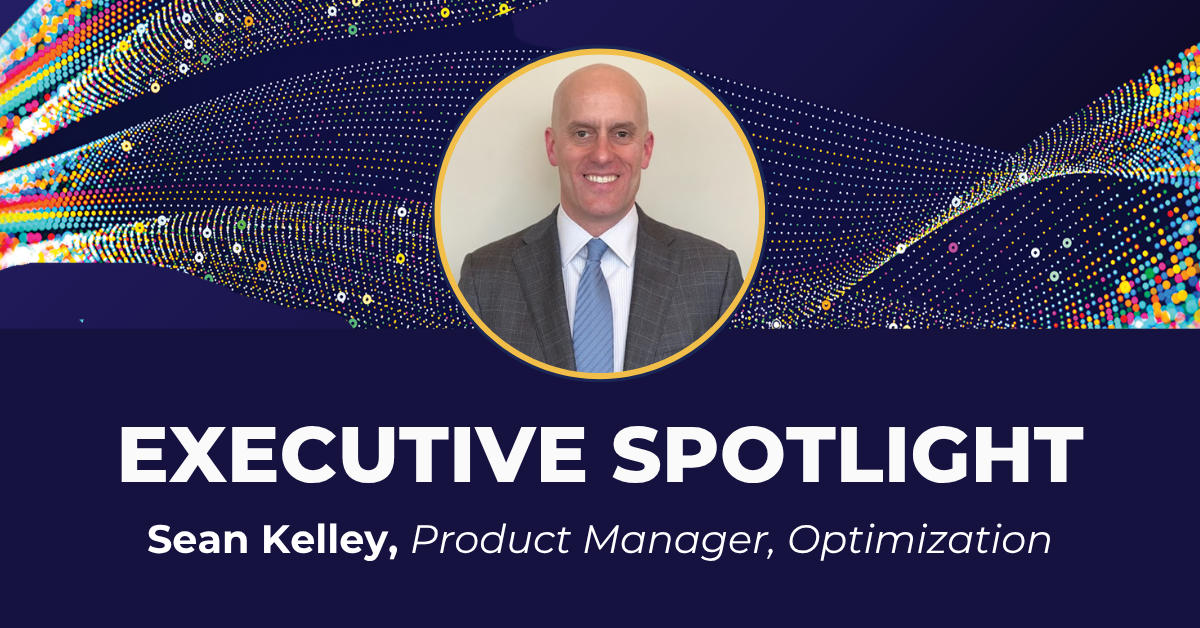What is your role at Siepe? How did you find out about Siepe? Can you tell us about your background?
I joined Siepe in April as a Product Manager for our new Optimization product line. I had crossed paths with Michael Pusateri on several industry panels over the years, and I always appreciated his creative, technology-first approach to financial services. As we stayed in touch, it became clear that my work, particularly in loan portfolio optimization, aligned well with what Siepe was aiming to build.
My background is deeply rooted in the loan space. I’ve worked in bank loans since 1997, starting at Van Kampen Funds during the early days of loan syndication. There, I ran operations before joining a small team tasked with turning around two distressed CLOs. Based upon that success, I co-founded Tall Tree Investment Management as a Partner, focusing on new issue activity including structuring, deal documentation, compliance setup, and portfolio construction.
During this time, I was completing my MBA at the University of Chicago, and I took an operations management class with emphasis on linear programming, which is a branch of math used to solve optimization problems. It occurred to me that we could think about CLO portfolio construction as a large blending problem, so I coded an early portfolio optimization prototype that we used on the trading desk.
I left Tall Tree during the financial crisis to pursue various roles at PPM America.
I stored portfolio optimization on the shelf, so to speak, for a decade. Since I knew from experience that the tool could deliver significant efficiencies for CLO portfolio managers, I jumped at the opportunity to build a more refined version at U.S. Bank
Joining Siepe was the culmination of that journey, allowing me to bring together technology, problem-solving, and client service in a more agile environment.
How does your work in product optimization intersect with Siepe’s broader goals for credit and loan operations? And what optimization opportunities do you typically identify when onboarding new clients?
Optimization is at the heart of many challenges in CLO portfolio construction and broader loan operations. Alongside Andrew Hosford, our technical lead for optimization, we’re taking a “center-of-excellence” approach to solving complex problems across the lifecycle of these assets, from portfolio construction to deal onboarding. Siepe’s focus on technology and innovation allows us to not only build smarter solutions, but to think holistically about how to make our clients more efficient.
Our optimization tool enables investment managers to make faster, more informed decisions. Instead of manually assessing if a trade fits a portfolio, we take a mathematical approach to evaluate all relevant variables at once to offer clear, actionable insights within seconds. That’s a game-changer in a market where delays can mean missed opportunities.
This framework has many applications beyond portfolio management. For example, optimizing deal onboarding involves identifying bottlenecks in workflows, assessing where time is lost, and applying computational techniques to streamline processes. While this doesn’t always mean using the same math-driven methods as portfolio optimization, the approach remains consistent: understand the problem, define it clearly, and design a solution that creates measurable value.
What are some of the biggest challenges that the industry faces? And how has the loan servicing industry evolved?
Data quality and fragmentation remain major challenges. The loan market has always been decentralized, which has its advantages, like flexibility and customizability in deal structuring, but it also results in inconsistent, manual processes. While fintech’s presence has definitely ramped up in recent years, access to clean data is foundational as bad data compromises investment processes.
At the same time, the scale of the market has grown exponentially, from $25 billion when I started in this business to over $1.6 trillion today. That growth has intensified the need for automation, scalability, and smarter tools, which means technology has to be embedded in every part of the process to give you that edge.
Are there any new trends you’re seeing in the CLO space for improving optimization?
Automation is now essential, not just for operational efficiency but for speed and accuracy. Our optimization work uses traditional mathematical modeling; large systems of linear equations with discrete solutions, but AI is becoming a valuable complement.
In areas like reconciliations, AI can flag discrepancies and suggest resolutions in ways that previously required teams of analysts. AI won’t replace decision-making, but it will increasingly augment it. That’s especially true in back-office functions, where AI can accelerate processes that were once painfully manual.
From a product management perspective, how do you prioritize improvements or features in response to client feedback and evolving market dynamics?
Market demand is always changing, shaped by deep credit cycles. Our role is to equip clients with the necessary tools to navigate this landscape. To do that, we must understand market dynamics and proactively develop solutions. My previous experience allows me to empathize with client challenges and offer solution frameworks that help initiate discussions.
We anchor our product development around themes like speed and actionability. Our optimization platform, for example, is built for traders—who don’t have time to wait around for results. If our application takes too long to return outputs, they won’t use it. That’s why runtime performance is non-negotiable.
We also balance short-term value with long-term vision, which means delivering immediate improvements while laying the groundwork for more expansive capabilities. We talk to a cross-section of clients to identify common needs and then build tools that are scalable, but flexible enough to capture each firm’s “secret sauce.”
Finally, can you share a fun fact about yourself?
I grew up on the South Side of Chicago and spent part of my childhood in a pretty tough neighborhood. My parents enrolled my siblings and me in horseback riding lessons during summers to get us out of the city. That experience eventually led to one of my more unique jobs: I worked as a horse-drawn carriage driver in downtown Chicago during college.

